The Worst Movies of 2023
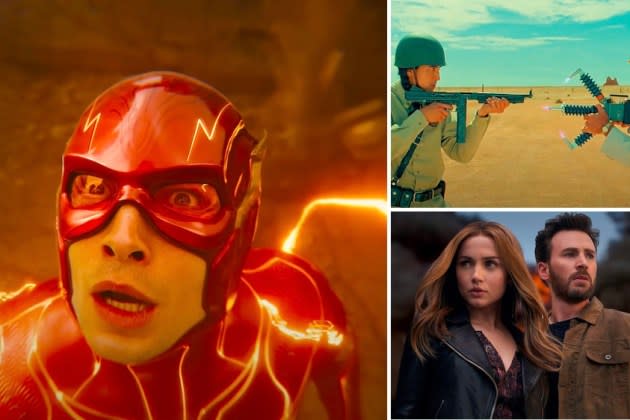
We tend to think that the best movies of the year express something about the spirit of their time. But what about the worst movies? Often, they’re thought of as merely inept. Yet the truth is that bad movies, in their very badness, have their own way of channeling what’s going on around them. Our list of the year’s worst films includes a superhero movie that crystalizes why superhero mania may be on the outs; a horror film that points to the sacrilegious future of our how-low-can-you-go? culture; not one but two thrillers that incarnate the new (grating) aesthetic of the streaming world; and a Wes Anderson movie that asks, “Has 25 years of twee become too much?” Bad movies, by definition, aren’t fun, but we hope that you have fun reading why Variety’s chief film critics felt compelled to skewer them.
More from Variety
Owen Gleiberman’s 5 Worst Films
1. Ghosted
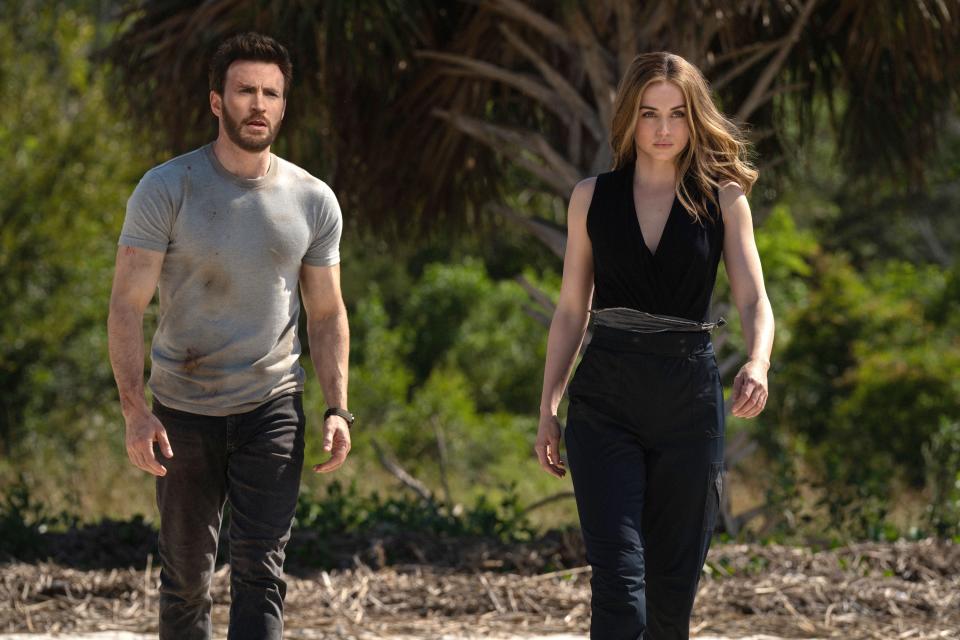
Every era has its most degraded (and grating) movie genre. In the ’80s, it was the formula slasher film. In the aughts, it was the CGI-mascot-in-a-live-action-universe kiddie comedy. The worst genre now going, enabled by the age of streaming, is the overstuffed romantic espionage action comedy built on far too big a budget. It’s like a fast-food fusion experiment gone wrong, and “Ghosted,” starring Ana de Armas as a CIA cutthroat and Chris Evans as the nice-guy farmer who stalks her to London, is an exhausting piece of fake fun on steroid overkill. Dexter Fletcher, at the helm of this mess, doesn’t direct it so much as he keeps tossing random trash into the blender.
2. Asteroid City
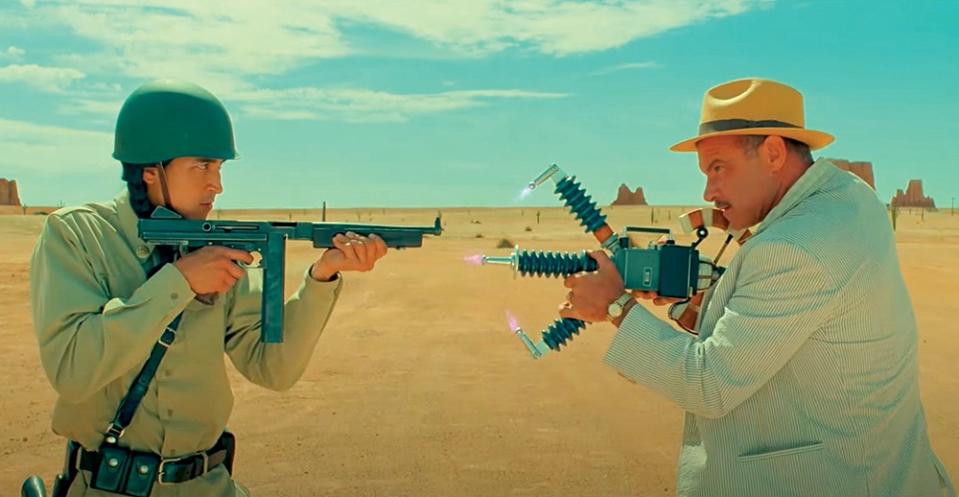
Let’s leave aside the word twee, shall we? It no longer does justice to the airlessness of Wes Anderson’s “Look! My movie is a four-tier diorama of artifice!” indie kitsch aesthetic. In this fantastic piece of fake-desert-cactus-and-mushroom-cloud design that is also a claustrophobic dud of a movie, Anderson triples down on his fetishistic yet oppressive way of engineering a story, even as his most ardent fans triple down on their devotion to the idea that he’s somehow expressing an arch humanity. This one, we kept hearing, is actually an aria of “grief,” though the only grief I felt was that of being trapped in a stylized panorama so insistent it’s become a form of OCD.
3. Your Place or Mine

When “When Harry Met Sally” met Netflix. In Aline Brosh McKenna’s abysmal romantic comedy, Ashton Kutcher and Reese Witherspoon play platonic best friends — he’s a New York business shark, she’s an L.A. single mom — who trade apartments for a week. He becomes a surrogate daddy to her introverted 13-year-old, and she learns all his secrets, like the fact that he has written a novel. (After reading it, she puts her hand on her heart and stage whispers “Wow!”) It’s like several bad movies rolled into one, with a romantic climax (set in an airport!) that’s like an episode of couples’ therapy and a discussion that seems to think that Edith Wharton’s “The House of Mirth” is a rom-com. In “Your Place or Mine,” the whole world is a rom-com — we just cringe through it.
4. Magic Mike’s Last Dance

“Magic Mike” Lane started off as a Tampa stripper struggling for cash and just as desperate to nail down his role in the world; he was like John Travolta’s Tony Manero in chaps. But in “Magic Mike XXL,” he went on a road trip that devolved into a hodgepodge of low-rent high jinks, and in “Magic Mike’s Last Dance,” the final and most toothless entry of Steven Soderbergh’s male-burlesque trilogy, he’s become a total softie, using his stripper moves to romance a lonely mogul’s wife (Salma Hayek), then assembling an all-male revue to save an old London theater. It’s a let’s-put-on-a-show movie that feels like Chippendales by way of Disney. If Channing Tatum, under Mike’s lunkish exterior, looks a little confused, maybe that’s because nothing can make Mike’s magic wilt like turning him into a saint.
5. Heart of Stone
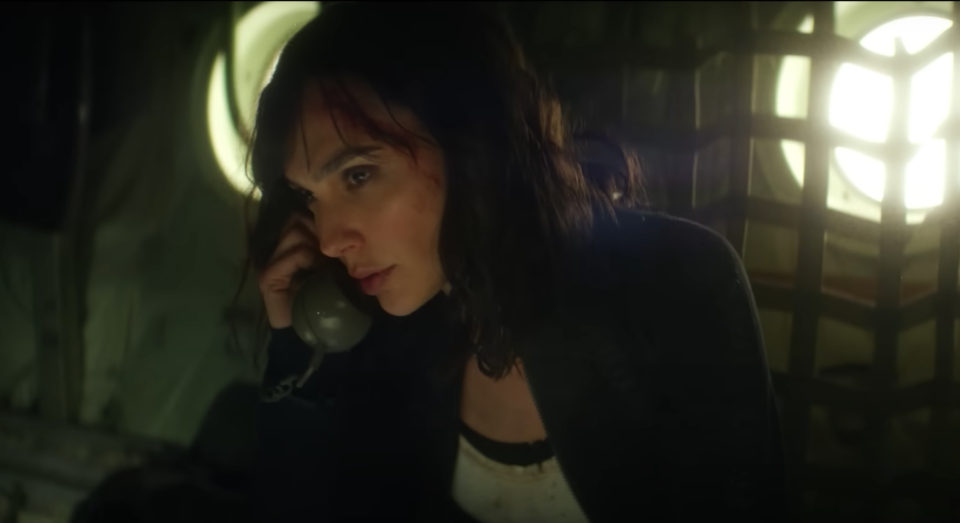
What goes around comes around, so here we are again: in the land of made-for-streaming-thriller wretched excess, where hyperbolic overkill isn’t just the by-product — it’s the whole point. (In this case, it feels like Netflix commander Ted Sarandos saying to his audience, “See, you never need to go out to a movie theater! We’ll entertain you to death right at home!”) Gal Gadot plays a rogue MI6 counteragent out to save the world in a joyless, sludgy-looking diversion that’s as convoluted as it strives to be, in no small part because it’s built on MacGuffins no one can pretend to care about. But here’s a question with actual suspense: Will these movies ever go away, or will they just keep coming at us in a never-ending stream?
Peter Debruge’s 5 Worst Films
1. Winnie the Pooh: Blood and Honey
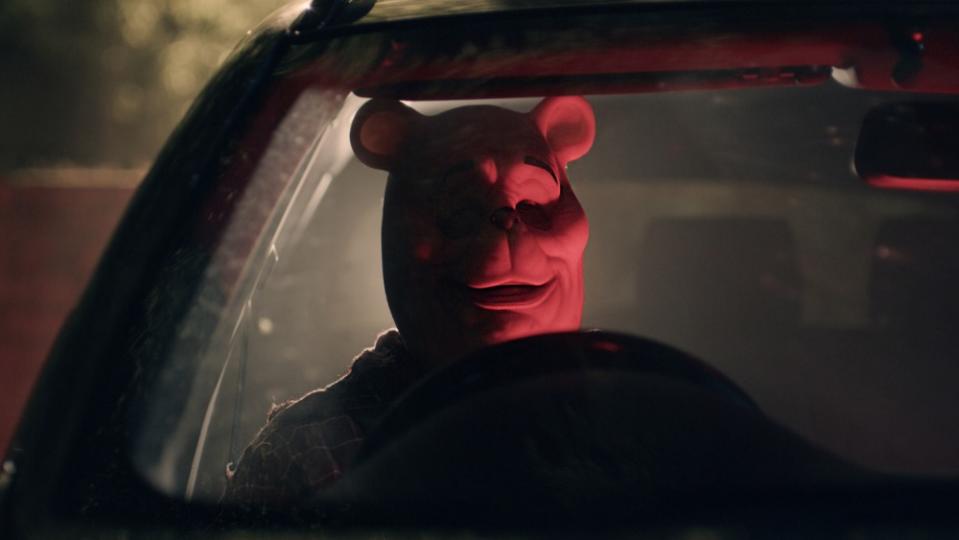
This schlocky slasher movie takes audiences back to the 100 Acre Woods, where neglected playthings Pooh and Piglet defile a cabin full of dead-meat young women. Are we supposed to see the killers as A.A. Milne’s imaginary friends gone rogue, or bad actors in off-brand rubber masks? Either way, this gimmicky cash-grab unleashed a horrifying precedent: Exploiting a legal loophole whereby popular creations fall into the public domain 95 years after they were first copyrighted, director Rhys Frake Waterfield showed what irreverent bottom feeders eventually have in store for beloved brands. With protections for Mickey Mouse, Bugs Bunny, Superman and more set to expire in 2024, expect more raunchy abuses of favorite characters to come.
2. Carmen
Prosper Mérimée’s classic romance lends itself to reinterpretation, having inspired everyone from Georges Bizet to Jean-Luc Godard, Dorothy Dandridge to Beyoncé over the years. That makes it a promising allegory for acclaimed choreographer Benjamin Millepied to make his own. Instead he delivers a tragically under-imagined feature directing debut — the worst first film since Ryan Gosling’s “Lost River.” Never sure where to put the camera, Millepied stages a clumsy dance movie without nearly enough dance … and even less in the way of chemistry. A dopey soldier suffering from PTSD (Paul Mescal) falls for a feisty refugee (Melissa Barrera), as “Carmen” gets twisted into an artless and obvious political statement about the injustice of U.S.-Mexico border enforcement. Doom has seldom felt more dismal.
3. The Flash
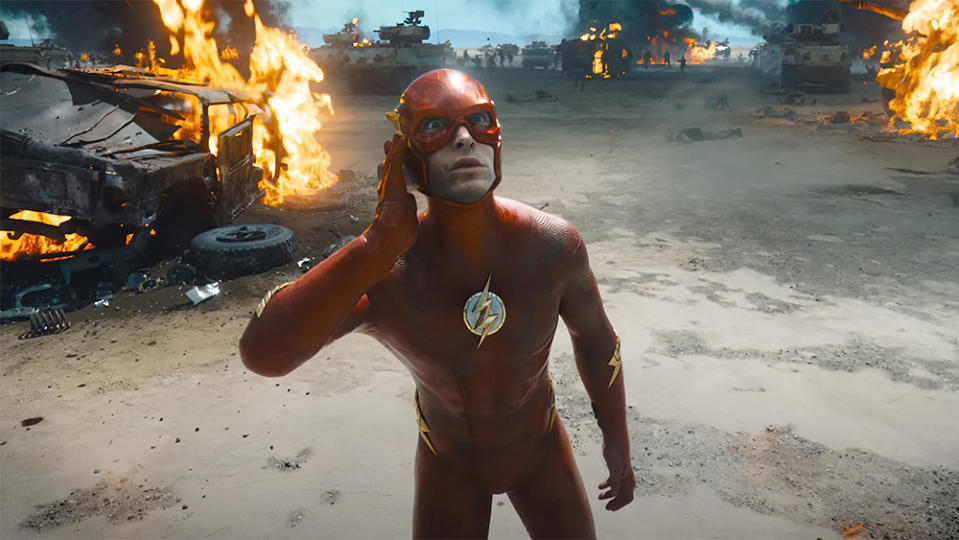
Younger than the other members of the DC stable, the Flash can be a fun character, running circles around his fellow Justice Leaguers in terms of laughs and attitude. As the center of his own movie, however, the character proves mostly just exhausting, especially when you throw in the OCD device of dashing back in time to change the past. Problematic off-screen shenanigans aside, Ezra Miller’s got charisma to burn — though it doesn’t help that director Andy Muschietti torches whatever goodwill the junior hero earned with the gonzo falling-babies opening scene on a tiresome infinite-loop plot and terrible visual effects, trapping the immature character in a space-time bubble so that DC can get in on the already-stale multiverse craze. Granted, “Marvels” and “Ant-Man 3” didn’t fare much better, but in a rough year for superhero movies, “The Flash” gets a pan.
4. Paint
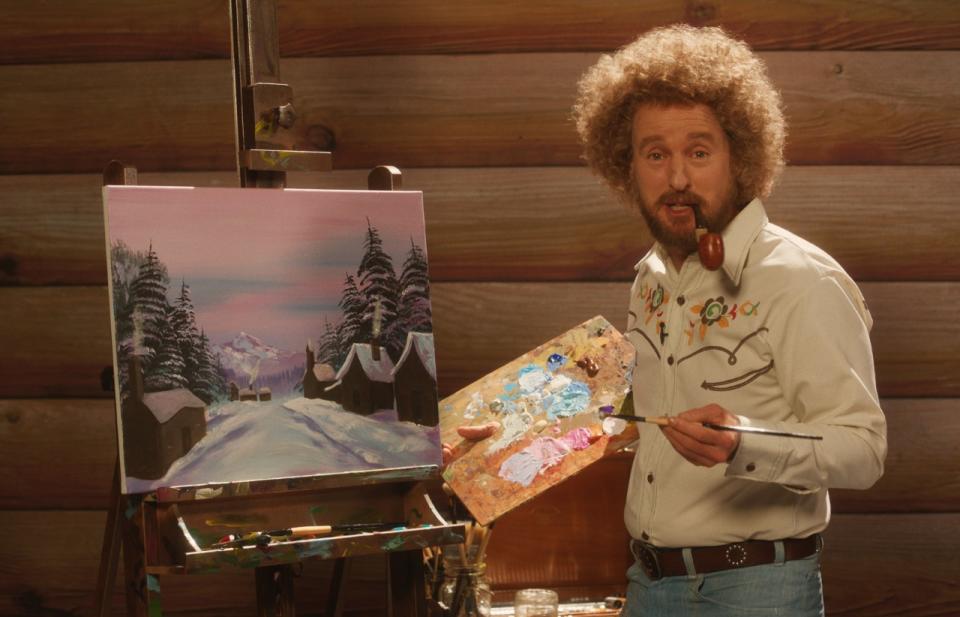
Like a how-to class in what paint-by-number indie comedies should studiously avoid, this thin sketch of a movie can’t even milk a laugh from its easy-target subject: a Bob Ross-like public television personality named Carl Nargle, played by Owen Wilson, looking smug in permed wig and wide-collared Western shirts. Clueless Carl’s used to watching his female colleagues swoon as he paints his happy little clouds, but isn’t prepared for (are you ready for it?) a woman to host a rival show. The movie’s one joke comes from questioning how this guy ever became popular. My advice: Seek out either 2021 Netflix doc “Bob Ross: Happy Accidents, Betrayal & Greed” or upcoming Thomas Kinkade portrait “Art for Everybody” for a brush with the dark side of art hackery.
5. Caligula: The Ultimate Cut

In the late ’70s, Penthouse honcho Bob Guccione bankrolled what was supposed to be a respectable adult movie, hiring a serious cast and crew — including Malcolm McDowell, Helen Mirren and Peter O’Toole — to make an extravagant Roman epic that wouldn’t shy away from explicit sex and violence. The cast took the assignment seriously, but Guccione betrayed them: He ditched the script, fired director Tinto Brass and padded the serious footage with hardcore porn. Nearly everyone involved disowned the X-rated result, which found a cult following nonetheless. Now, the self-anointed leader of said cult, Thomas Negovan, has reconstructed what the project could have been, minus most of the “furious jumping,” referring back to Gore Vidal’s original script to create an alternate (but hardly definitive) cut comprised of slightly less outrageous spare takes. “Caligula” was never going to be a great movie, but this version is somehow worse, since all that smut wasn’t gratuitous; it was the movie’s raison d’être. Like a force-gorged Roman guard with a sword to his scrotum, this tedious new cut somehow manages to be both bloated and neutered — an interminable who-needs-it workprint in which the transgressive novelty has been removed to make room for more of McDowell’s insufferable scenery chewing.
Best of Variety
